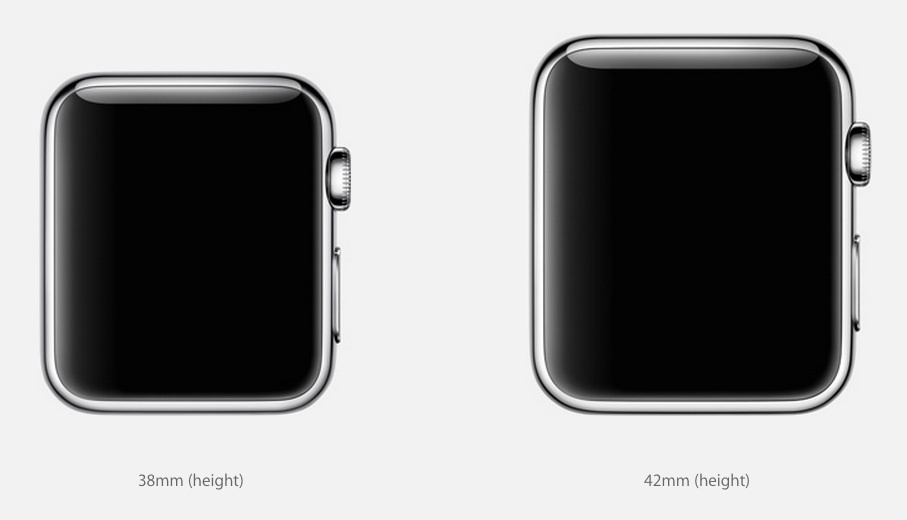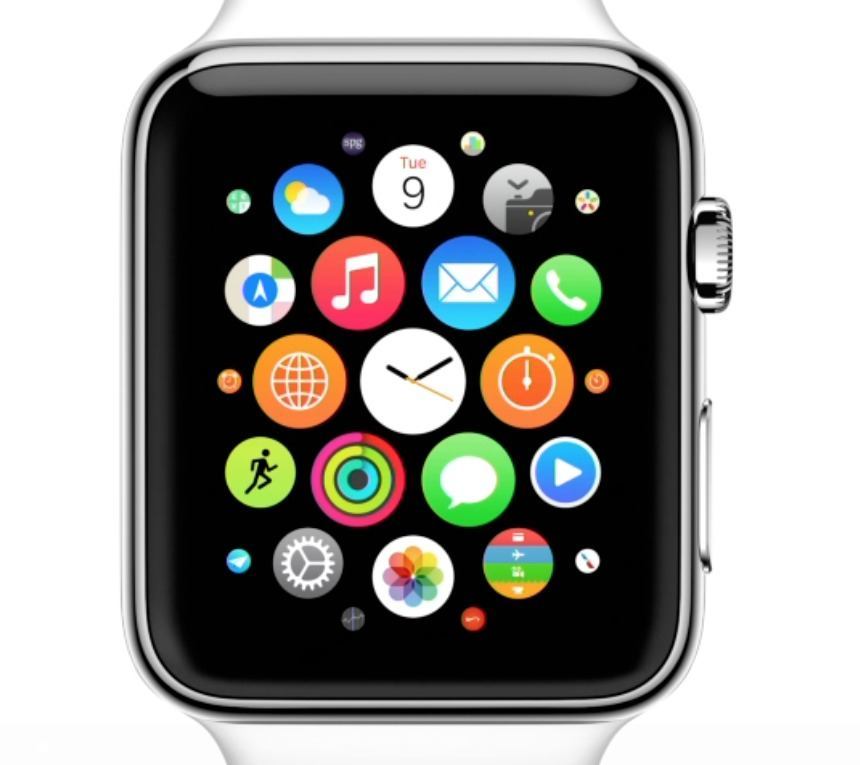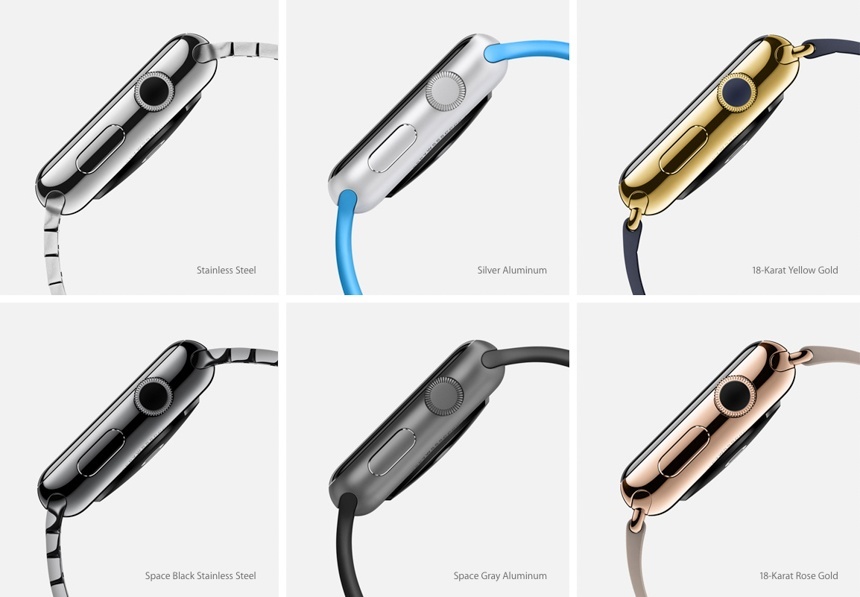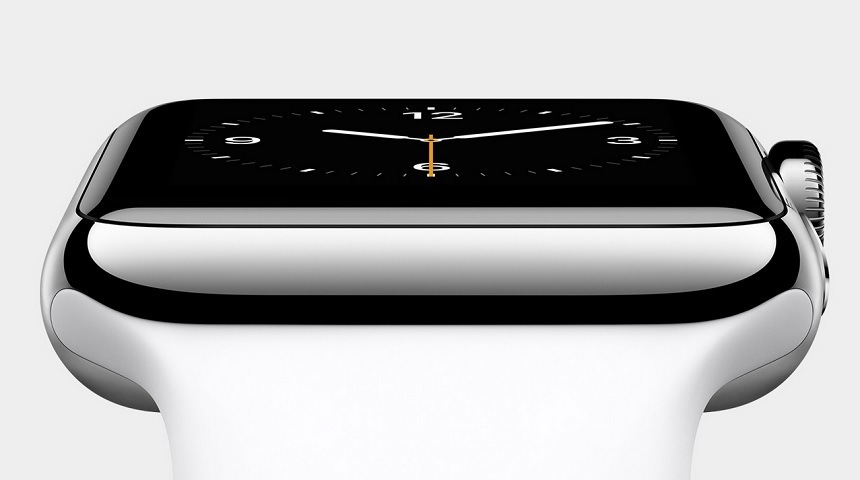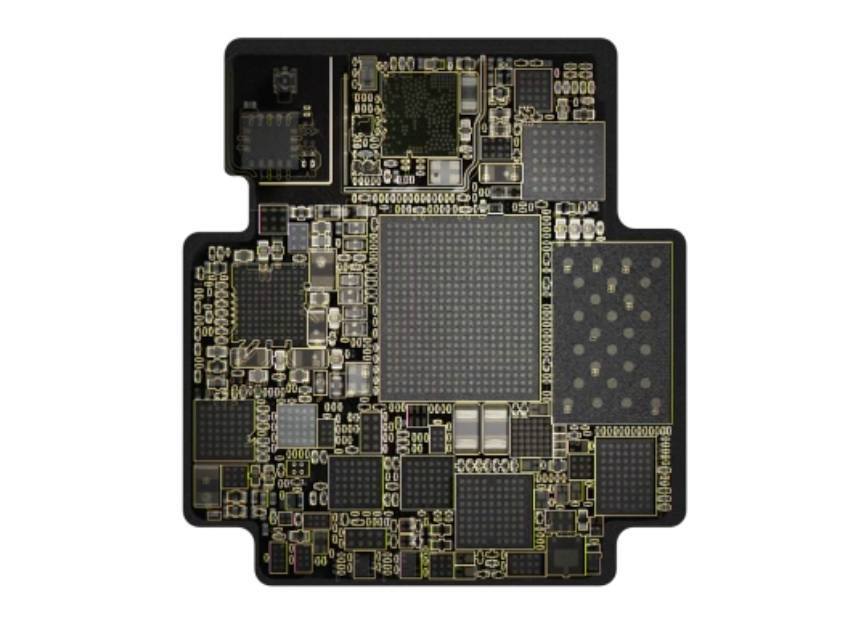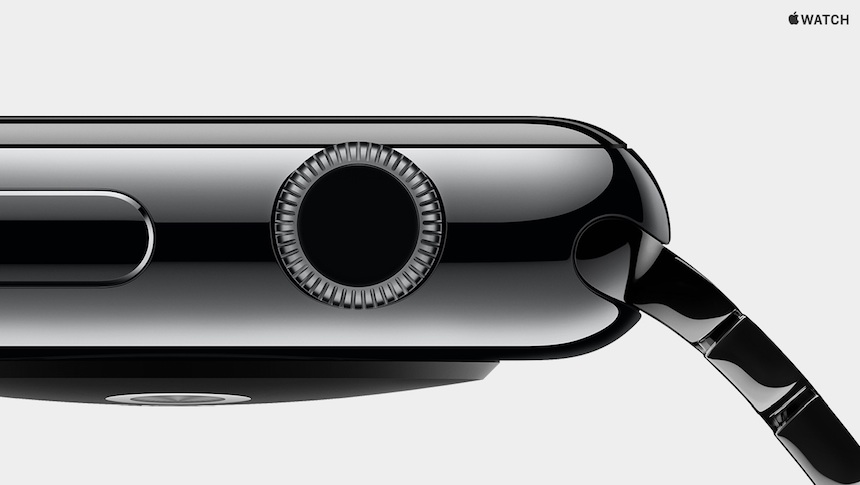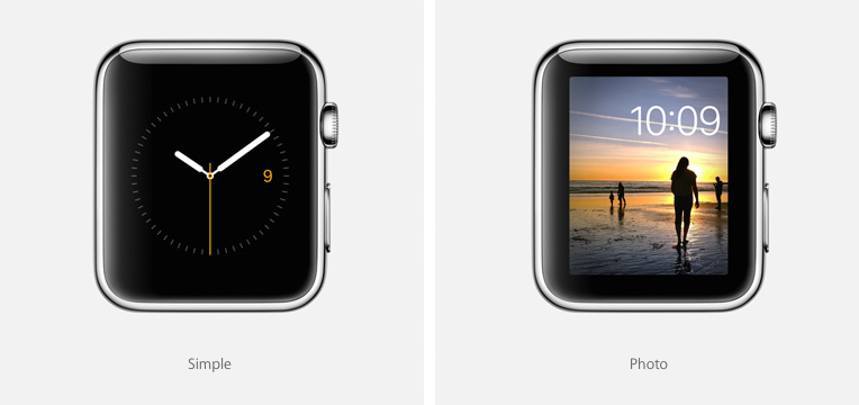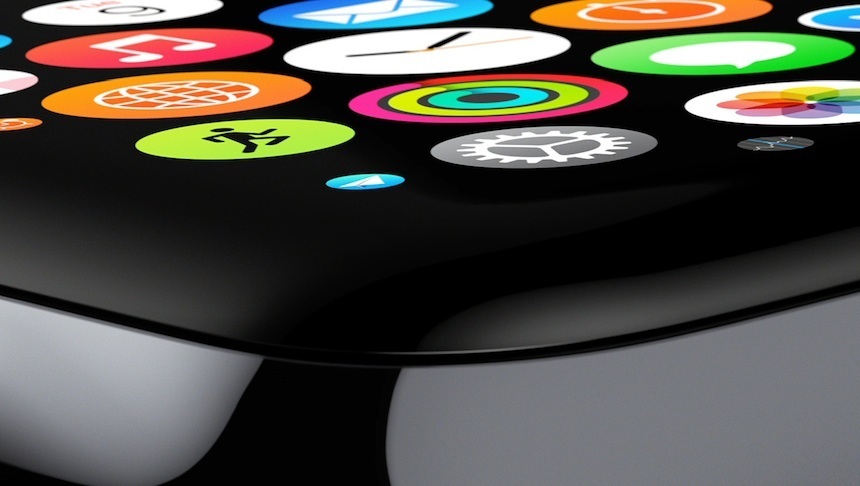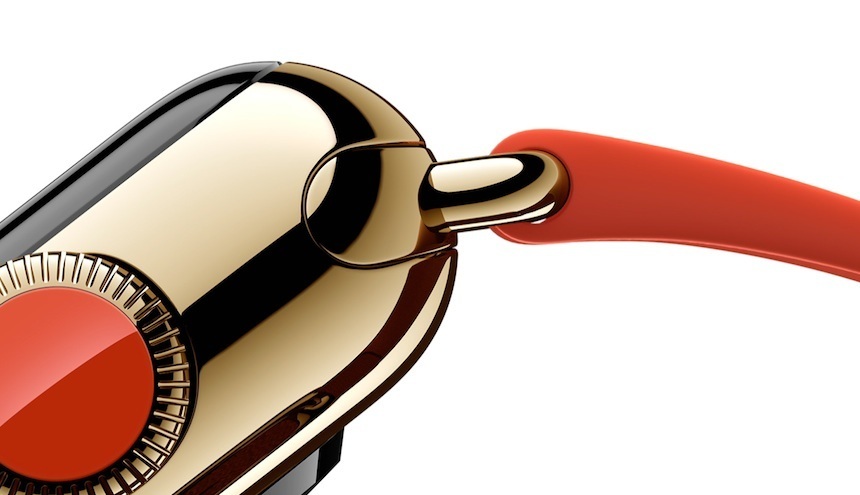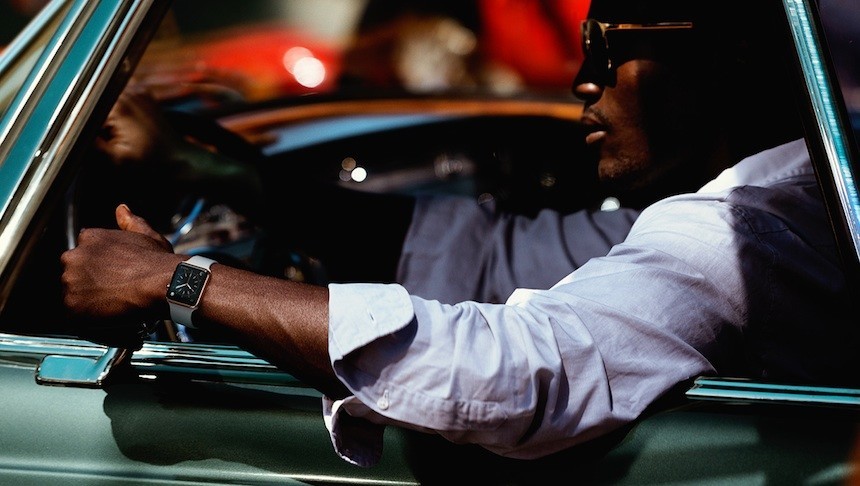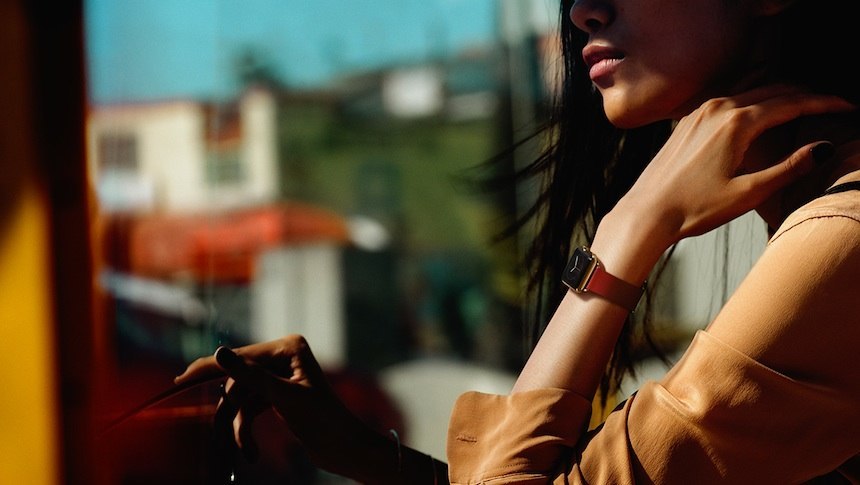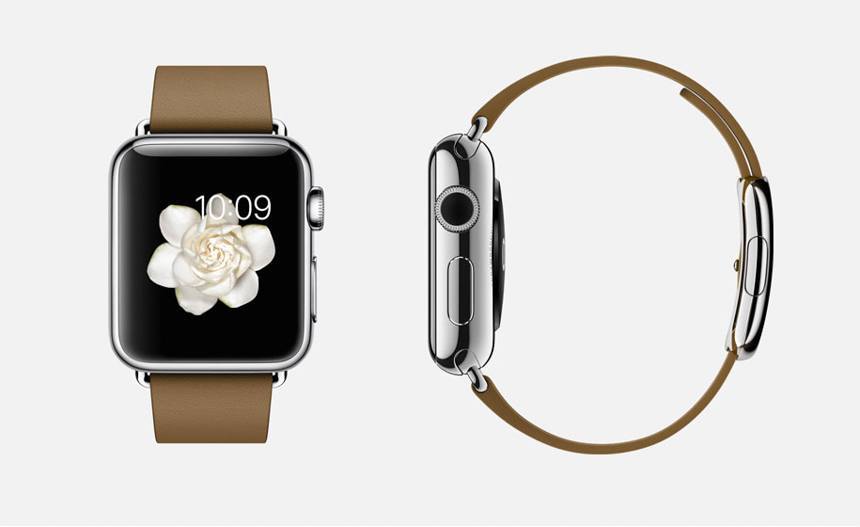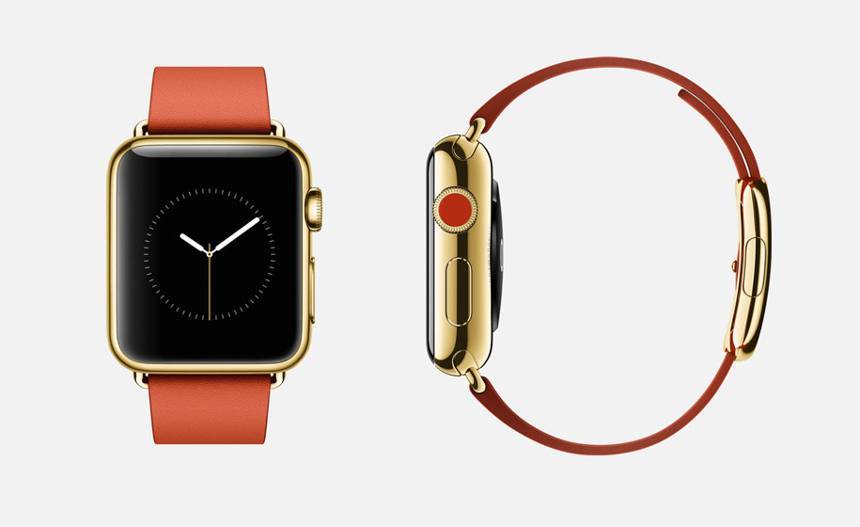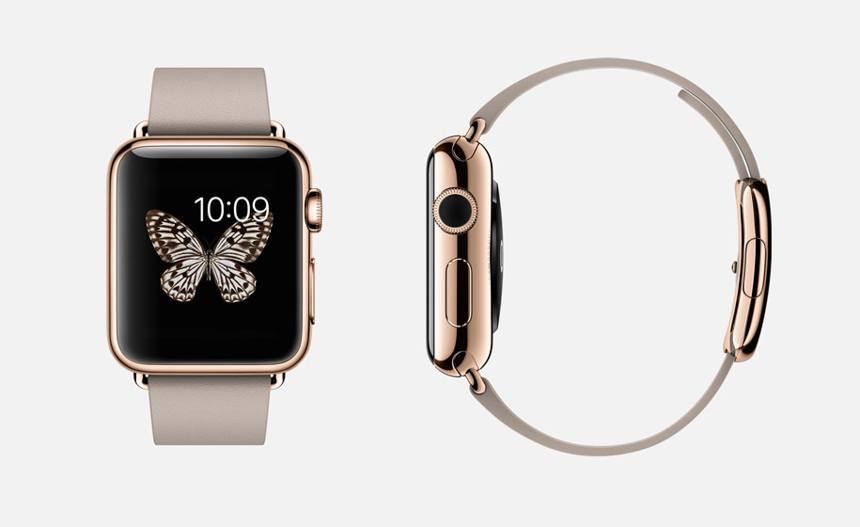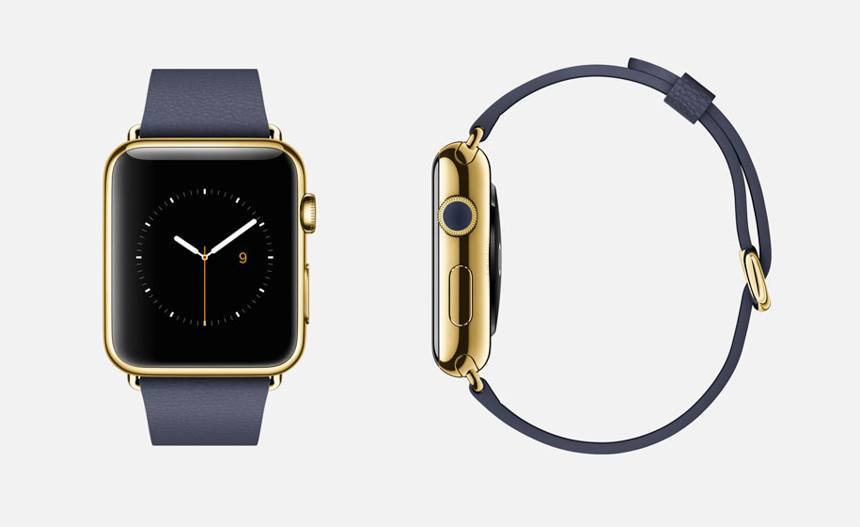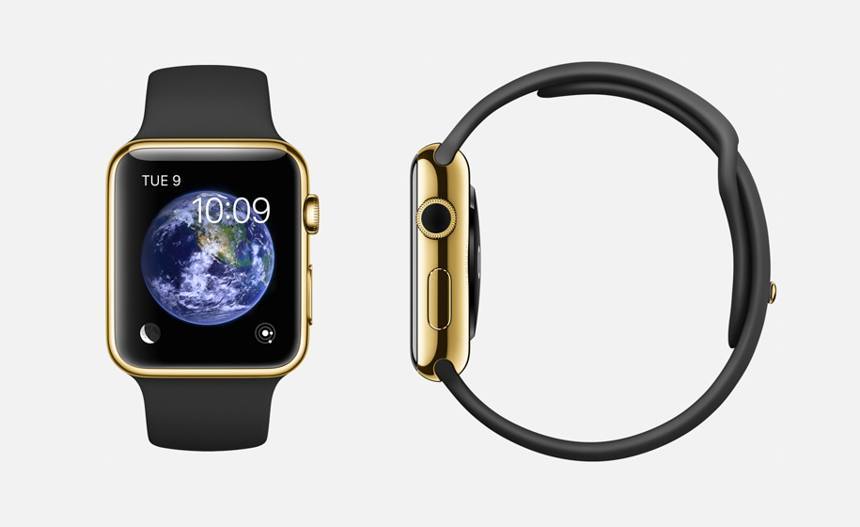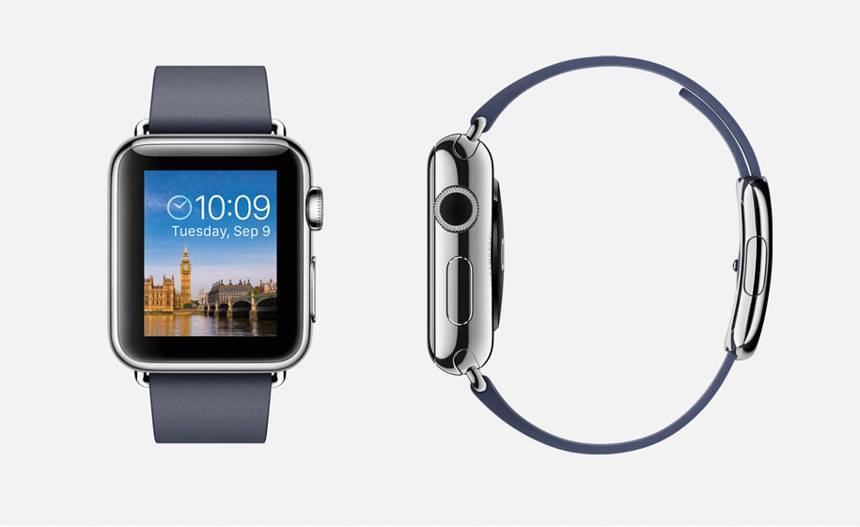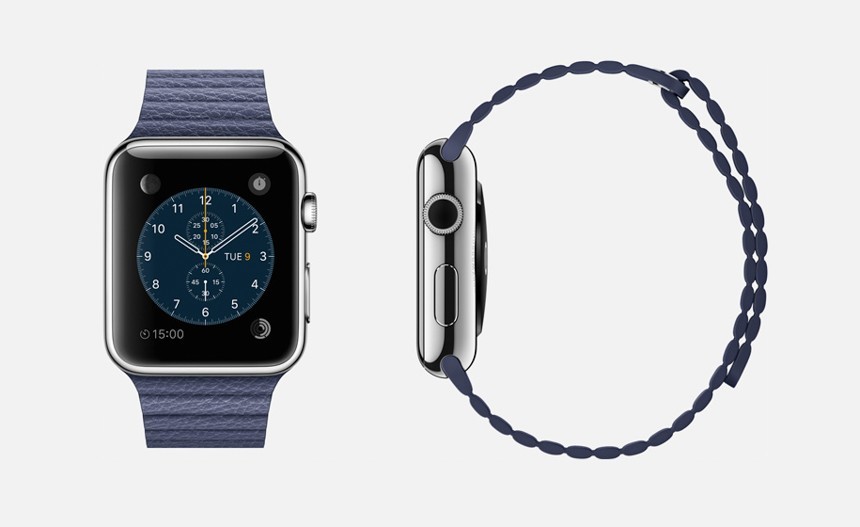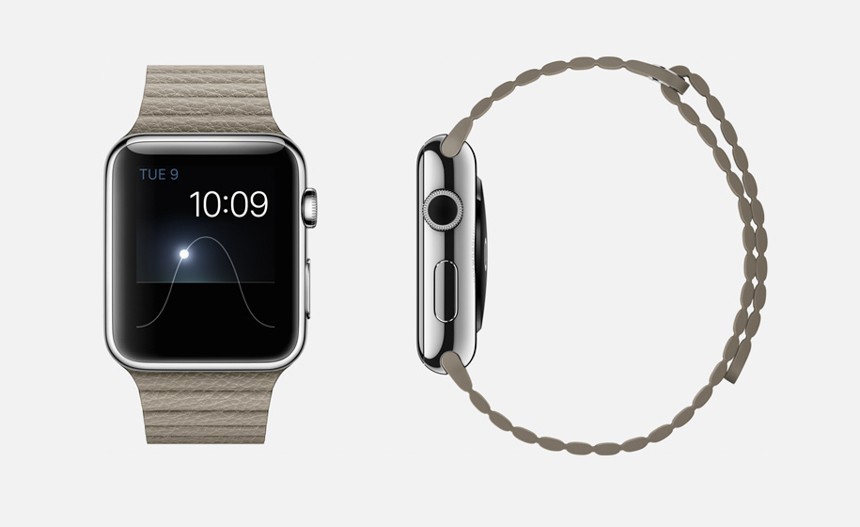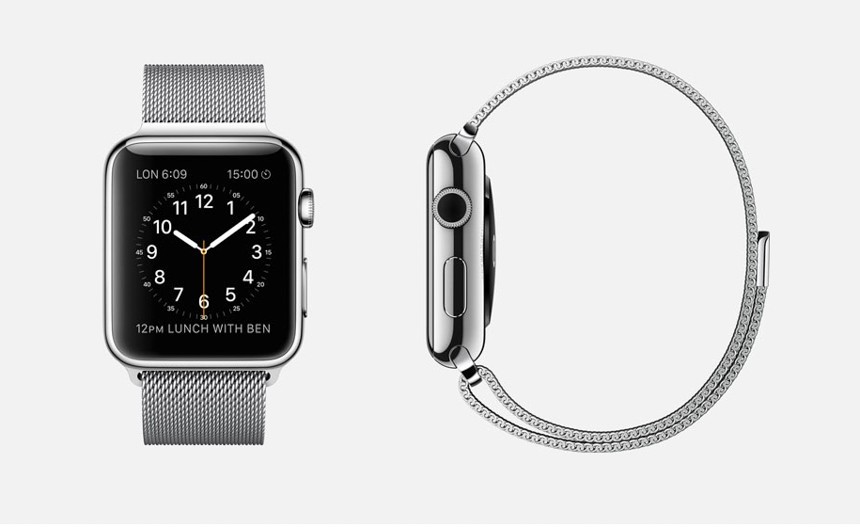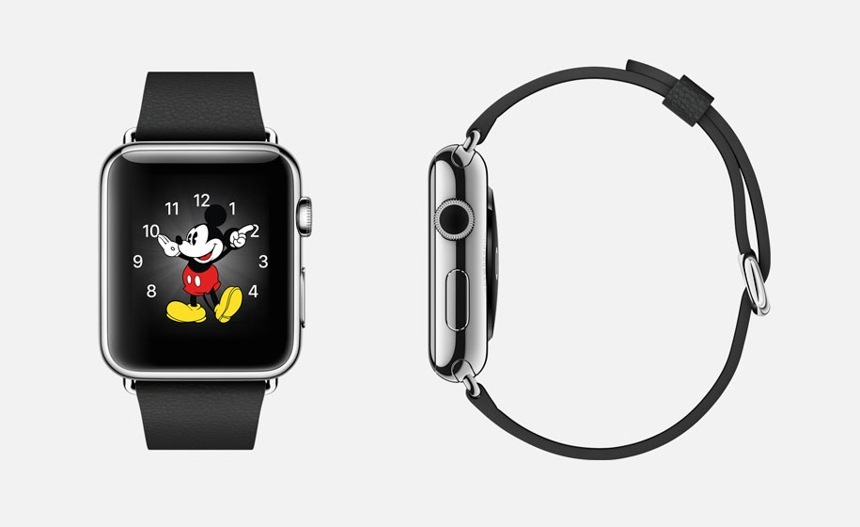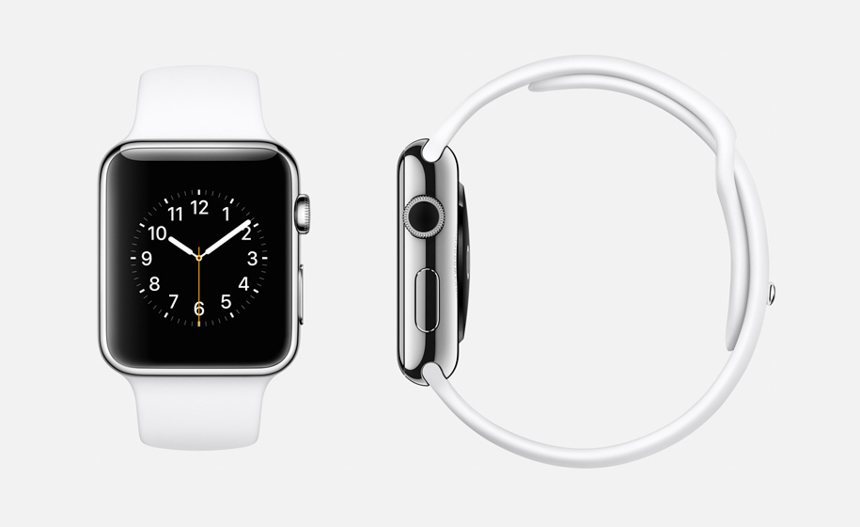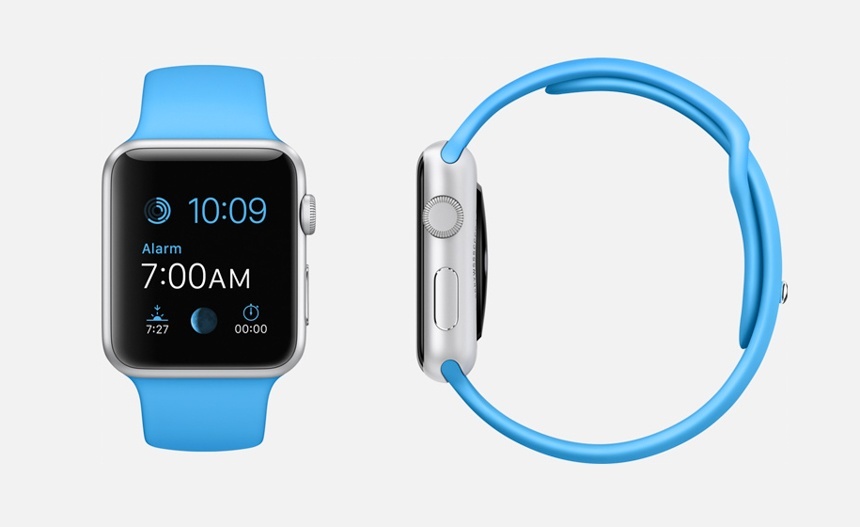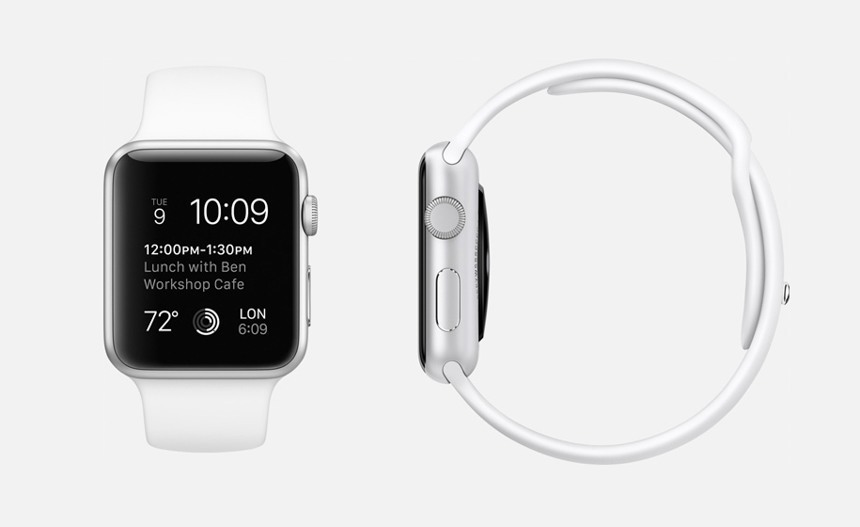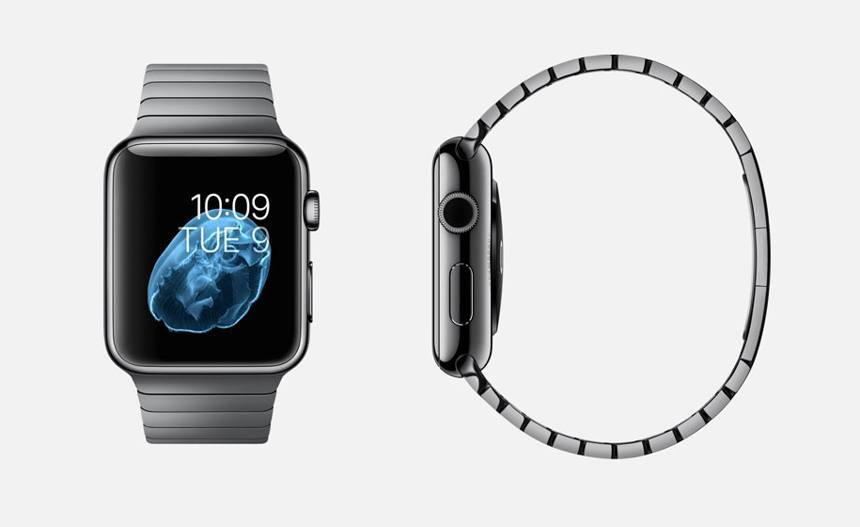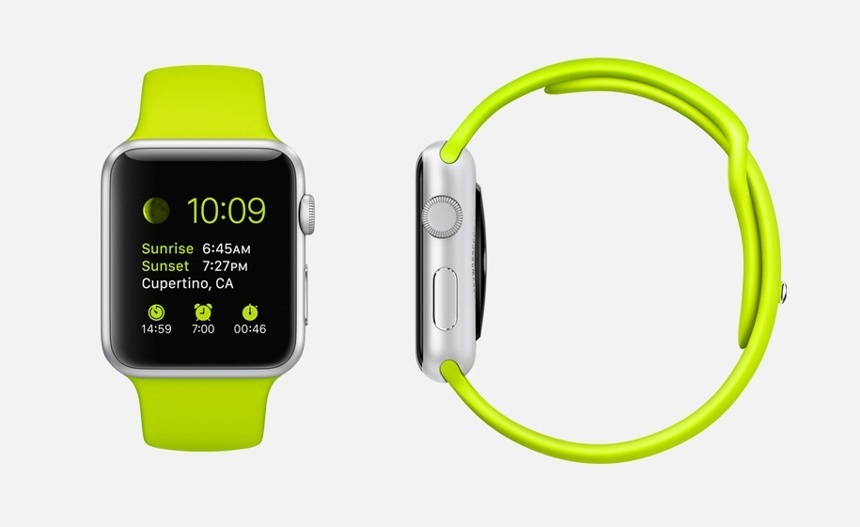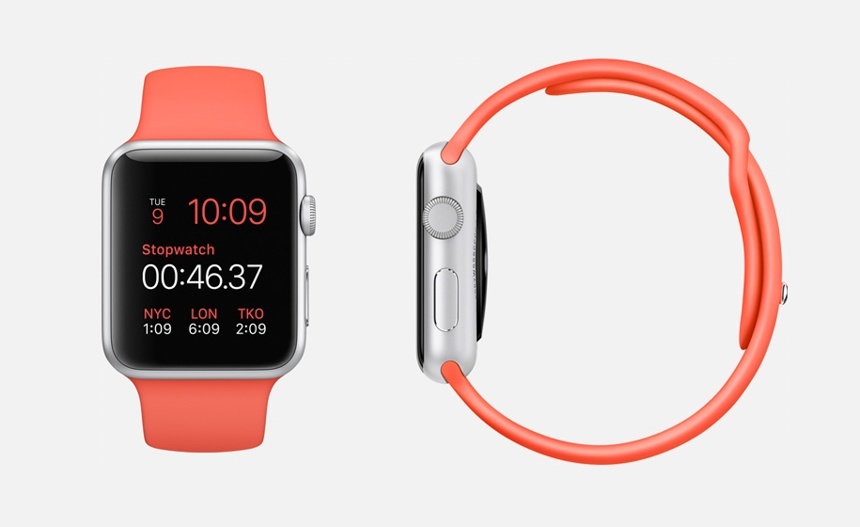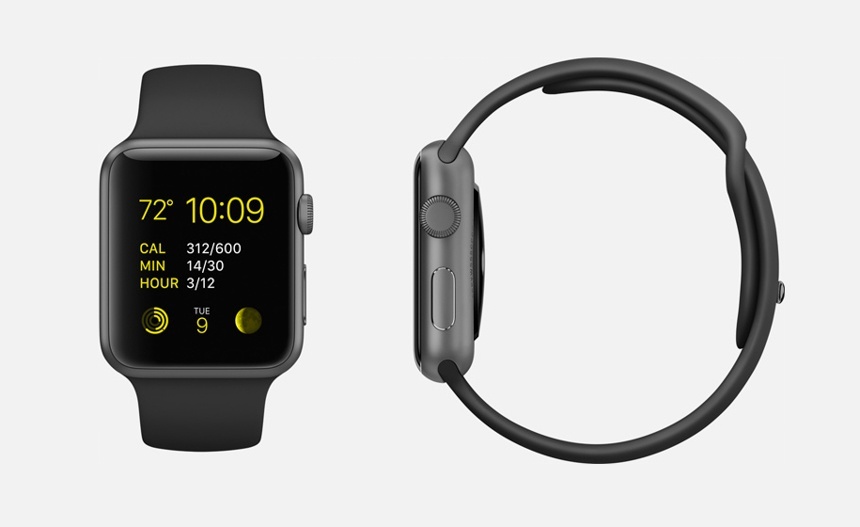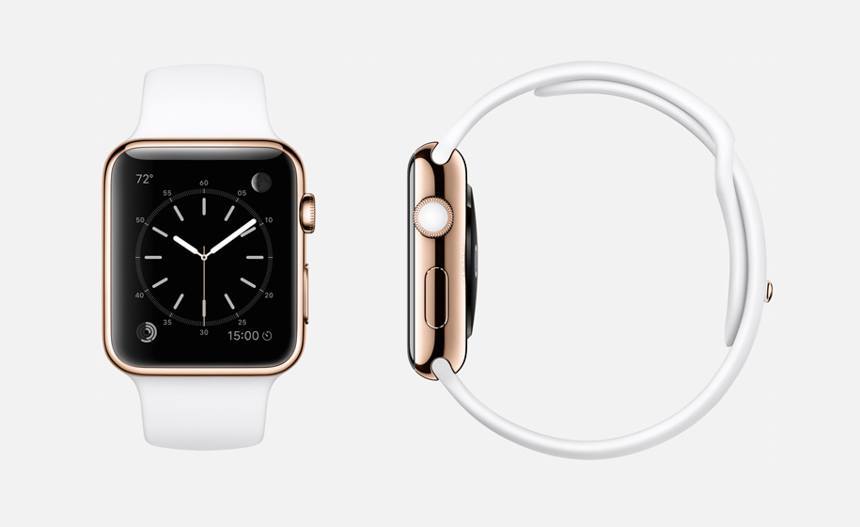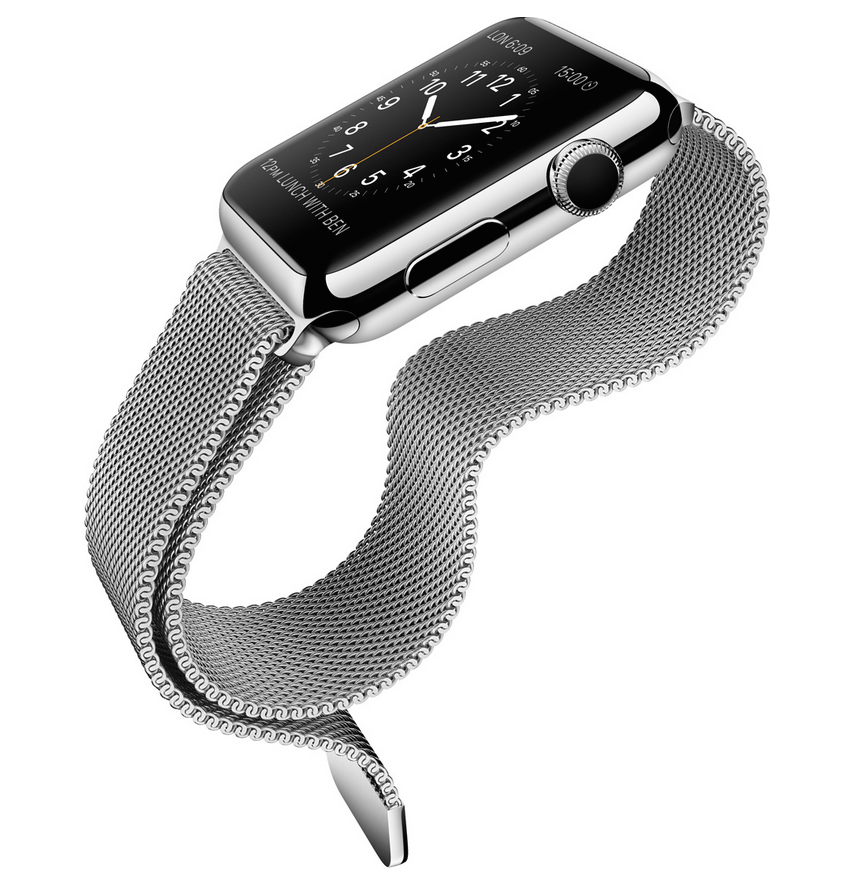
has confirmed the “Apple Watch.” This is the “iWatch” even though it goes by a different name. We will be updating the details about the upcoming smartwatch as the day goes on but there will be a highly customizable smartwatch that Apple has claimed was developed with watch experts around the world. This is a potentially game changing gadget which incorporates a totally connected wearable computing device with the needs of a lifestyle item that takes into consideration people’s personal styles and desire be more connected, with the promise of a smartwatches’ ability to show notifications, as well as house a range of sensors for fitness functions. Clearly, there is a lot going on so let’s discover all there is to be know about the Apple Watch below.
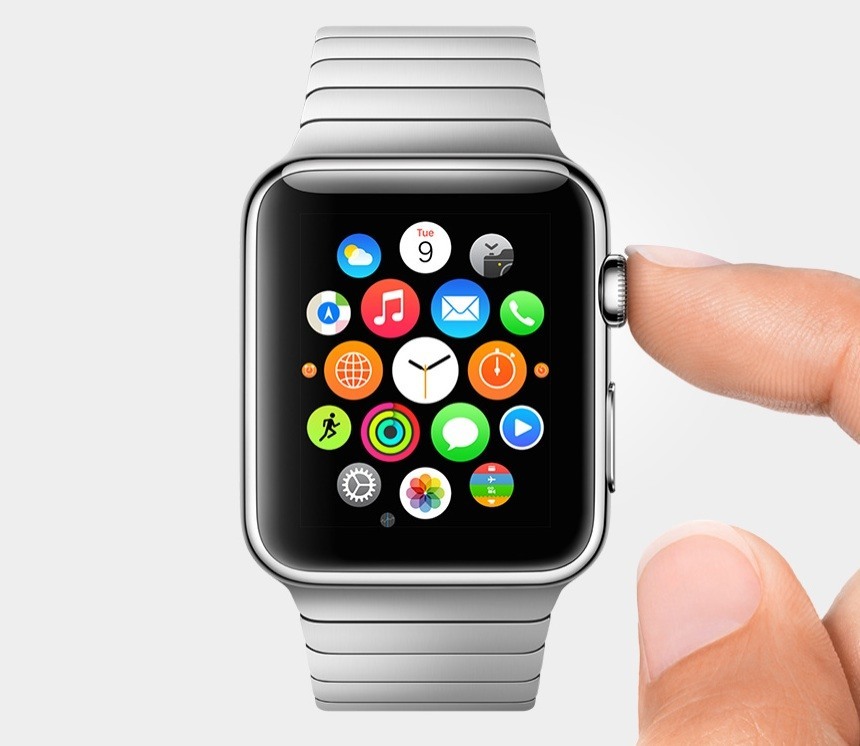
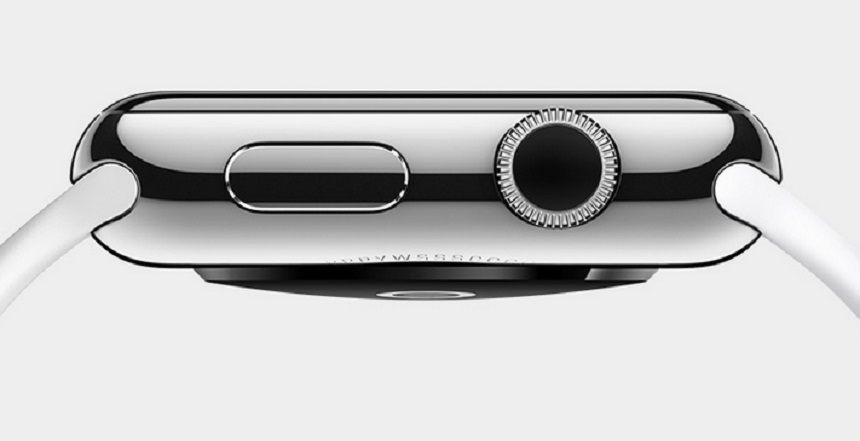
Starting with the very basics, there will be two Apple Watch sizes – in 38 and 42mm (height, not width oddly enough), respectively – and three major “collections”, including the Apple Watch, the Apple Watch Sport and the Apple Watch Edition. Each will have zirconium oxide (ceramic) case backs, sapphire crystals over the dial, four sensors on the back (in form of photosensors and visible-light LEDs), and will come in metal cases.
Apple has indicated that the Apple Watch will be produced in a range of “custom alloys” including stainless steel, aluminum, and even what appeared to be solid 18k gold. There will also be a series of interchangeable straps and a bracelet, further complicating the 22 different styles that Apple will offer “the Watch” in. The message from Apple with the various versions of the Apple Watch is that they want the different styles to appeal to different people, and they want people to make sure they can change elements such as the straps.
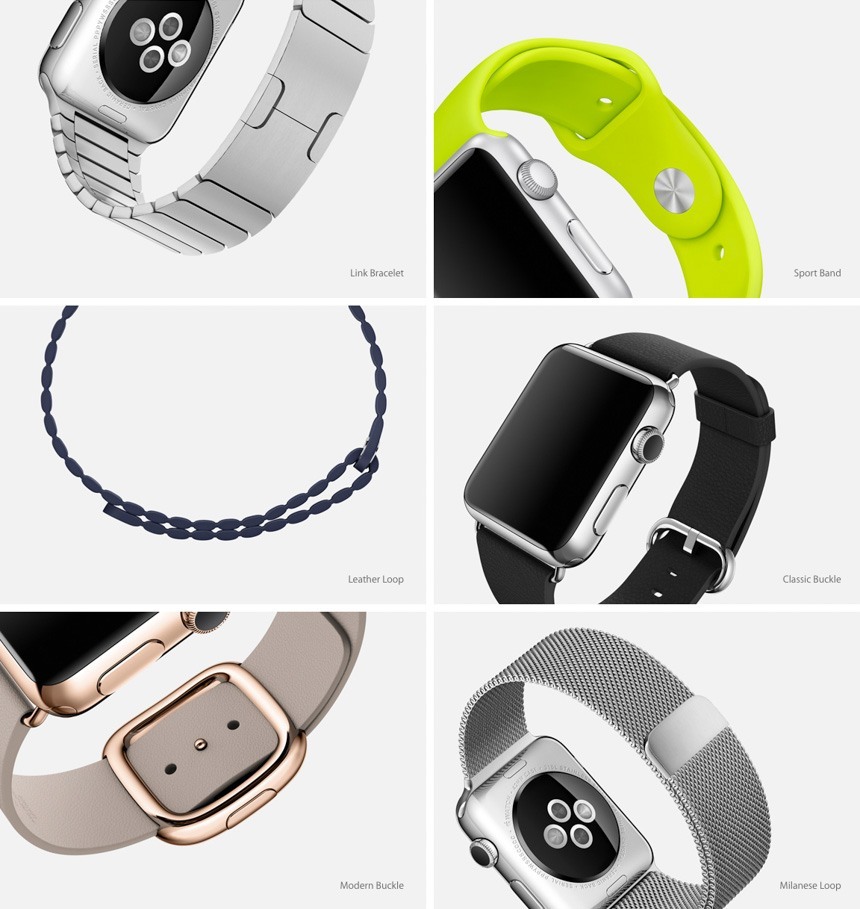
Like a traditional watch the Apple Watch will focus on a crown for most of its functions. However, where it all becomes very new and unique is how the digital crown functions in a way that we have never seen before in a smartwatch. The crown was designed to make navigating the beautiful interface a more efficient and simple experience than on previous smartwatches, as here it is to be used together with the multi-touch gestures on the touch screen as well as the buttons set into the side of the case.
Of course, the “Flexible Retina Display” screen on the Apple Watch works as a touchscreen as well, and it is meant to be swiped and more than likely used with multi-touch input (more than one finger) – although when we say flexible, we mean that it can be tapped or pressed with less or more force and it will sense the difference, but it is not flexible in the more traditional sense of the term.
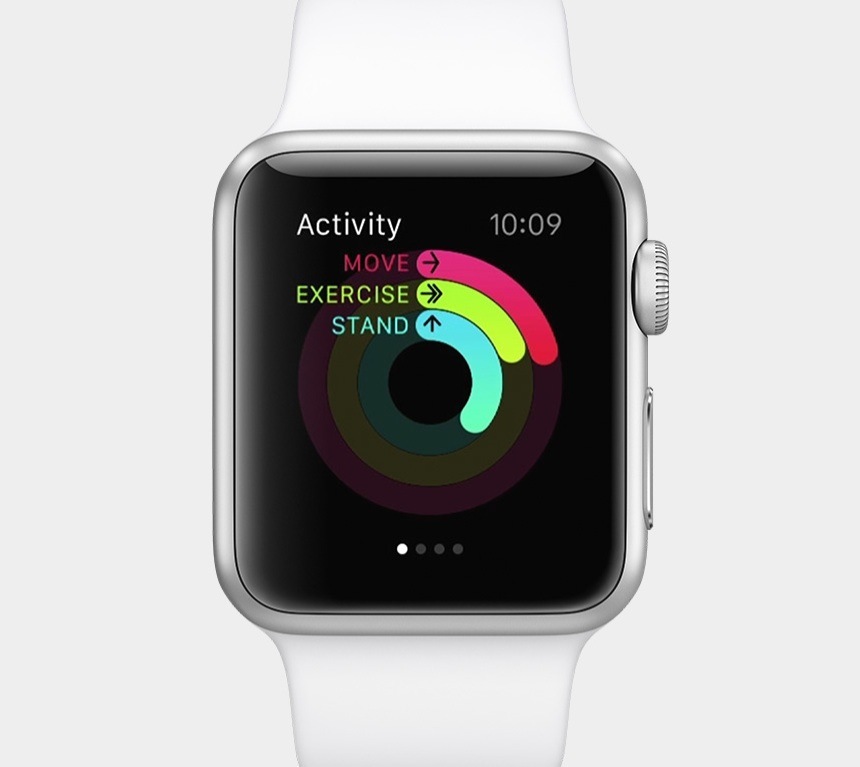
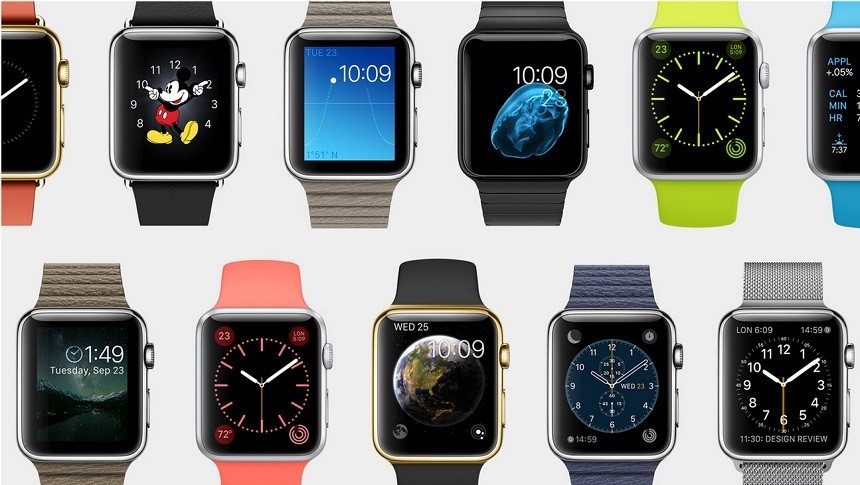
As we will shortly discover, the Apple Watch was designed to offer an extremely wide range of functions, from lifestyle apps through navigation to processing payments; and to make the most of these Apple seems to have worked extensively on the user interface. “User-friendliness” certainly is a trademark of Apple and so it is no surprise they say they went out of their way to be sure the Watch will be easy to use even for novice customers.
The interface includes Apple’s voice recognition and command system Siri. That means you can talk to the Apple Watch in addition to inputting information via the screen. Apple has demonstrated a series of intuitive ways to input information as well as get notifications, but also to easily share things you see around you by using the Apple Watch as a remote control for your iPhone’s camera. Another example is a quick dialing feature that has pictures of your friends/contacts on the screen of the iWatch and you can just tap on their faces to call them.
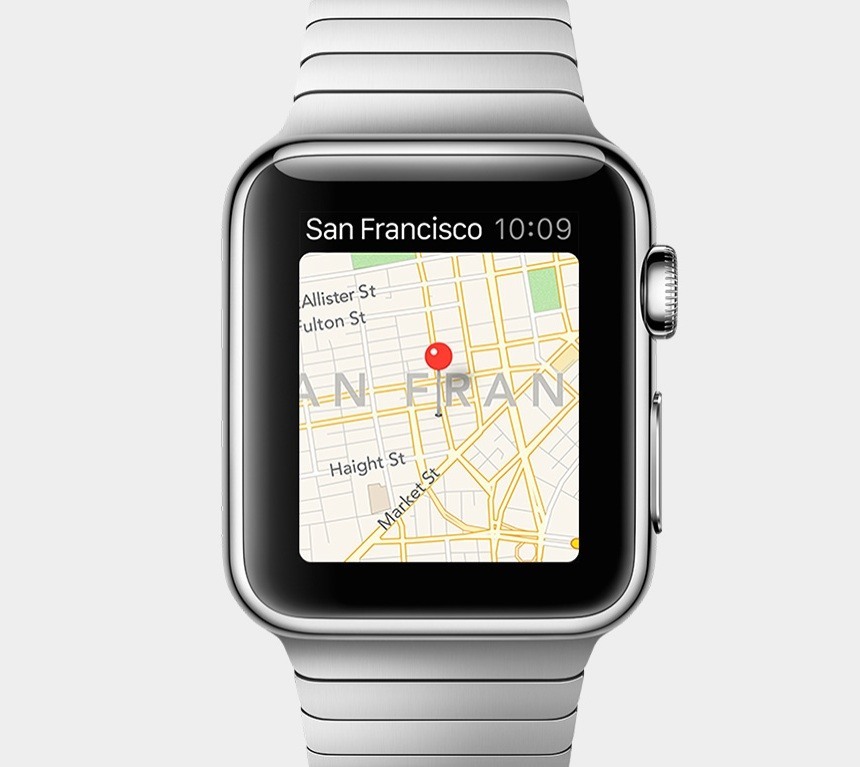
One of the more interesting pieces of functionality in the Apple Watch is how it uses maps. Not only can you see a live-view of navigational software right on the screen of the Apple Watch, but as we suspected, it allows you in real-time to be guided by the maps. Apple indicates that the Apple Watch will do much better at being able to interact with the world around you then your iPhone or other smartphone. That means an enhanced ability to share what you are seeing, but for fitness and payment functions (via Apple Pay), as well as other types of functionality, such as being able to open your hotel room door with special apps.
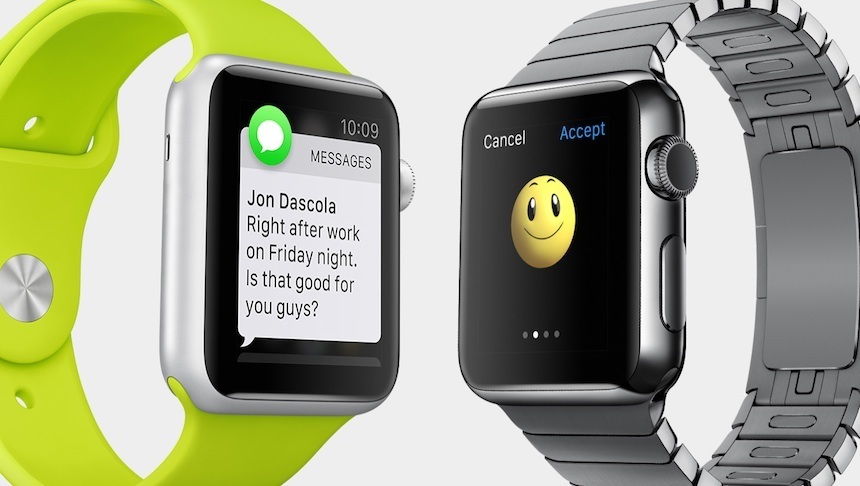
Apple has called its software development kit for the Apple Watch “WatchKit,” which they hope will inspire app developers to get creative with the world of potential available in the Apple Watch. Of course, this means that the Apple Watch will use its own dedicated apps in addition to those available for your iPhone. Fitness functionality is just as important as features such as being able to pay for things using your Apple Watch.
It seems to have a range of precise sensors and apps that focus on measuring a person’s heart rate, calories burned, distances traveled, and more. An interesting feature of the Apple Watch and the apps is their ability to rely on the processing power of your iPhone to reduce the processing load on the Apple Watch. That means more battery life and a clever use of the “host” iPhone that it will be connected to.
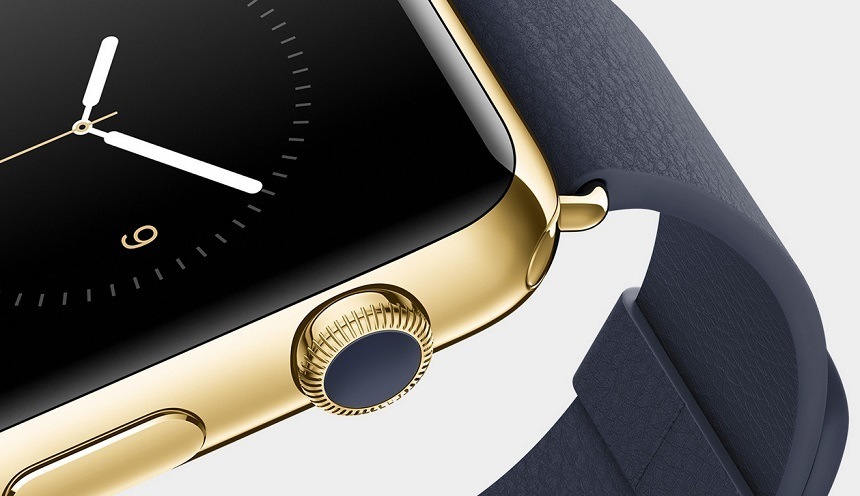
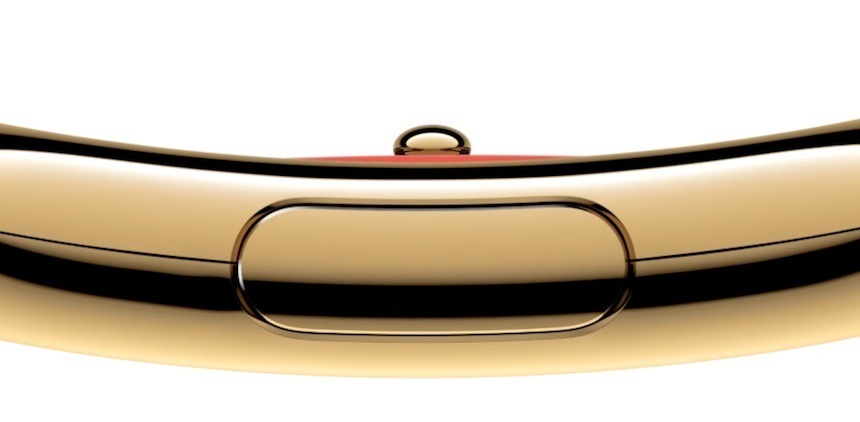
Of course, the Apple Watch will feature a sophisticated notification system that includes vibrations. There will be a range of vibration options, which means that you can have different types of vibrations notify of you of different things. Part of these will be connected to the fitness functions – which go beyond specific exercise apps. Like many other fitness devices, the Apple Watch will encourage people to be more active and move around more, in addition to telling them about their work outs and exercise habits.
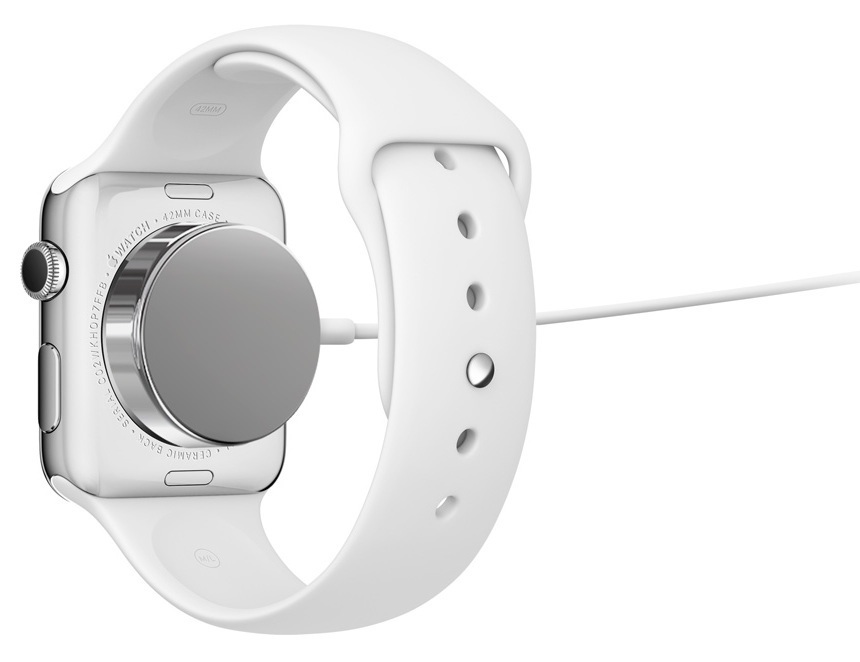
It is difficult to sum up the functionality of the Apple Watch, because Apple has shared so much potential in this regard. You can’t discuss everything that the Apple Watch will do, because its functionality is only limited by the creativity of the apps. In terms of charging, the Apple Watch has a small magnetic disc (connected to a power cord) which connects to the rear of the case.
This is similar to the solution we have seen on other smartwatch devices, and hence leaves the issue related to such devices intact: it is yet another kind of cord that you will have to bring with you, as once your watch runs out of juice, not only does it become useless, but you can’t even charge it without this special magnetic accessory. This is a bit of a surprise especially once we consider the highly compact size of Apple’s latest “Lightning” cable, which we expected to be able to power up the “iWatch”. With that said, Apple decided to remain secretive about the batteries’ full charge capacity – probably in hopes of winning some time until the Watch is released, allowing them to cram the latest and highest capacity cells into it at the time the Watch becomes available.
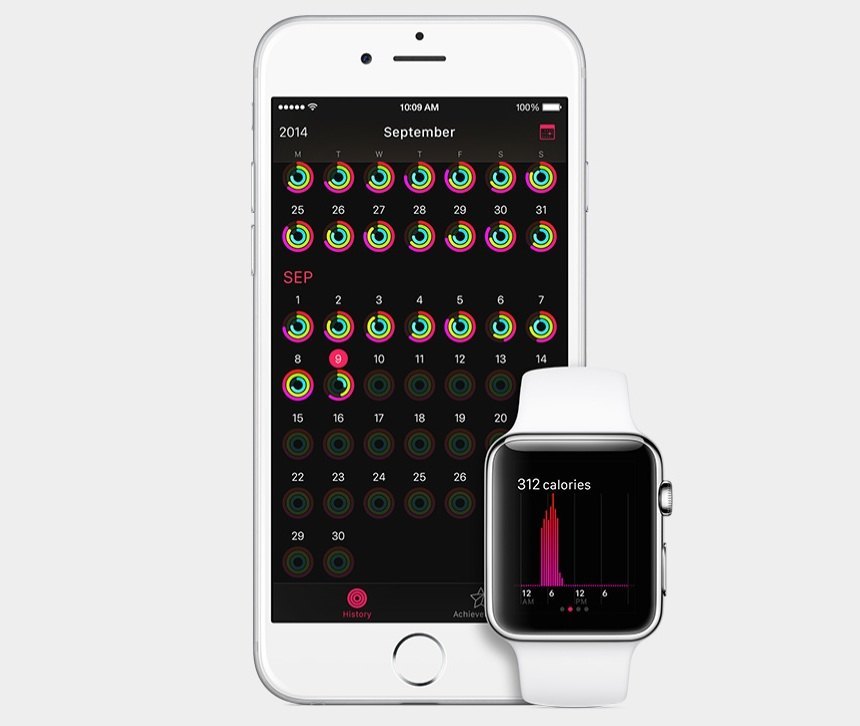
Today Apple also released the 4.7 inch iPhone 6 and the larger 5.5 inch screen iPhone 6 that use the new Apple iOS 8 operating system. The Apple Watch is designed to work with iOS 8 and the new iPhone 6 smartphones. However, those who upgrade to the new operating system can use the Apple Watch on the iPhone 5, 5c, 5s, and of course the new 6.
One of the most important issues people talked about in advance of the Apple Watch was the price. Some analysts were concerned that people didn’t want to spend too much money on smartwatch devices. I disagreed. I felt that a price of $300 and over would allow for a premium smartphone experience that offered the style, materials, durability, and functionality that people would expect from a device that tech companies are asking them to add to their lives. While the full range of prices for the iWatch haven’t been released yet, it is clear that Apple knows customers want a better device, versus something that is as cheap as possible. In regard to appealing to traditional watch lovers, the Apple Watch does appear to be something that at the least does not turn people off, and at best offers serious competition for precious wrist real estate space.
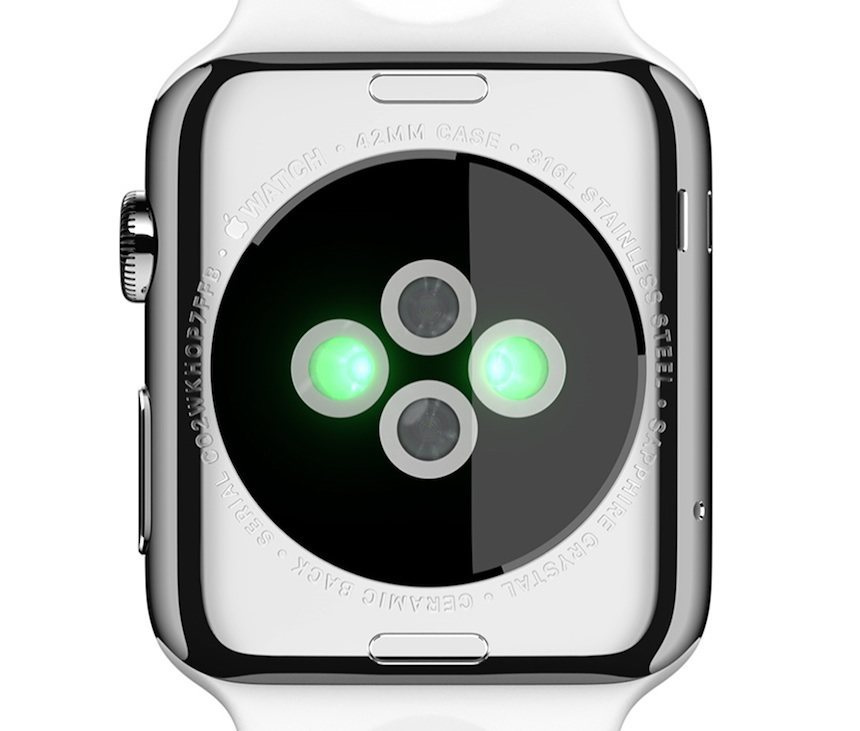
A More Unusual Zirconium Caseback With Four Sapphire Lenses That House The Four Sensors Set Into The Back Of The Watch
So what is the aBlogtoWatch and Ariel Adams take on the Apple Watch? I wasn’t sure what Apple was going to release today but I was very sure they were going to mention something related to an “iWatch.” Smartwatches are just too big right now for Apple to delay any longer. Is it designed by Marc Newson? Not sure yet although it does appear as though Apple’s new addition to their design team may have played a role in the design of the Apple Watch. I am overall impressed with the promise of the Apple Watch and am glad that Apple decided to ensure it fit into the high-end category of electronics they are known for, rather than be a race to the bottom.
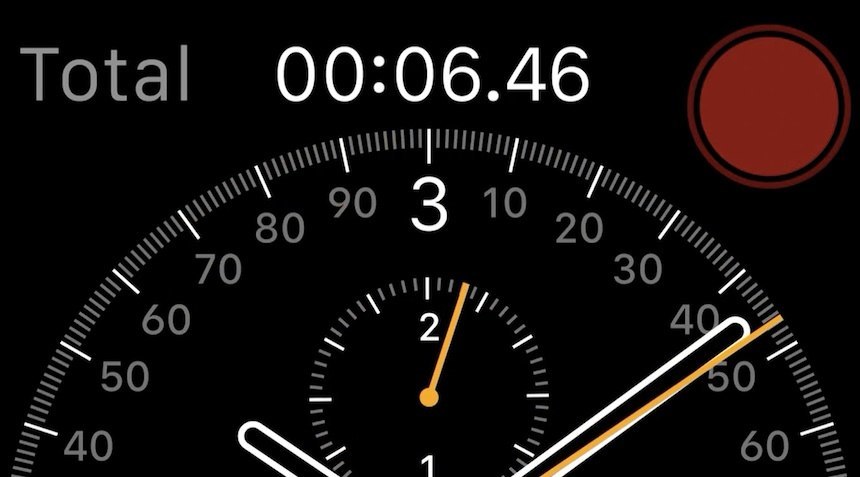
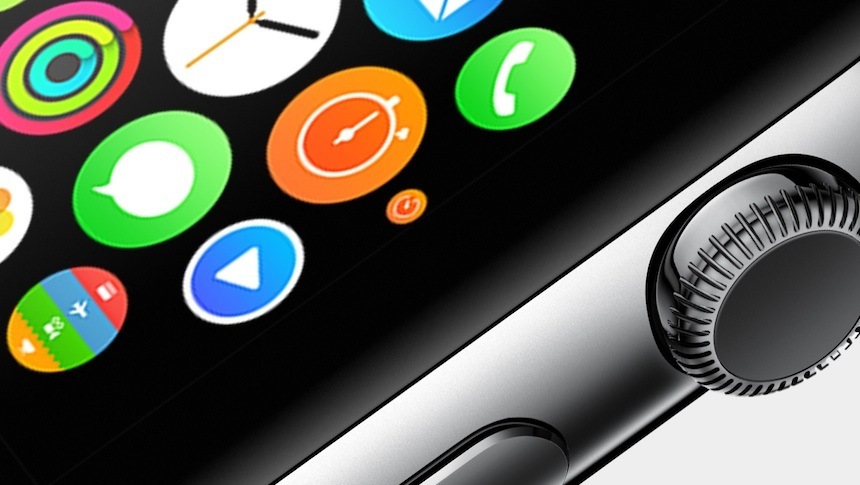
I have yet to see how the Apple Watch will look and feel on my wrist, but the customization features of the dial as well as the various colors, materials, and sizes means that people don’t have to worry as much about the style. That not only means not everyone will have the same Apple Watch as you, but you have a lot of choices in terms of fashionability and how to integrate the look of the Apple Watch into your lifestyle.
One thing I am curious about is how Apple intends to deal with those people who want more than one Apple Watch, but want them to all sync together. Like it is with traditional watches, collectors and those with the budget will want to own various versions to wear at various times. I don’t think the Apple Watch in steel on the steel bracelet is the version people will want to use while exercising. At the same time, they might want an Apple Watch Sport with a lighter aluminum case on a lighter strap for exercise and sport purposes as well as for traveling and other mobile activities.
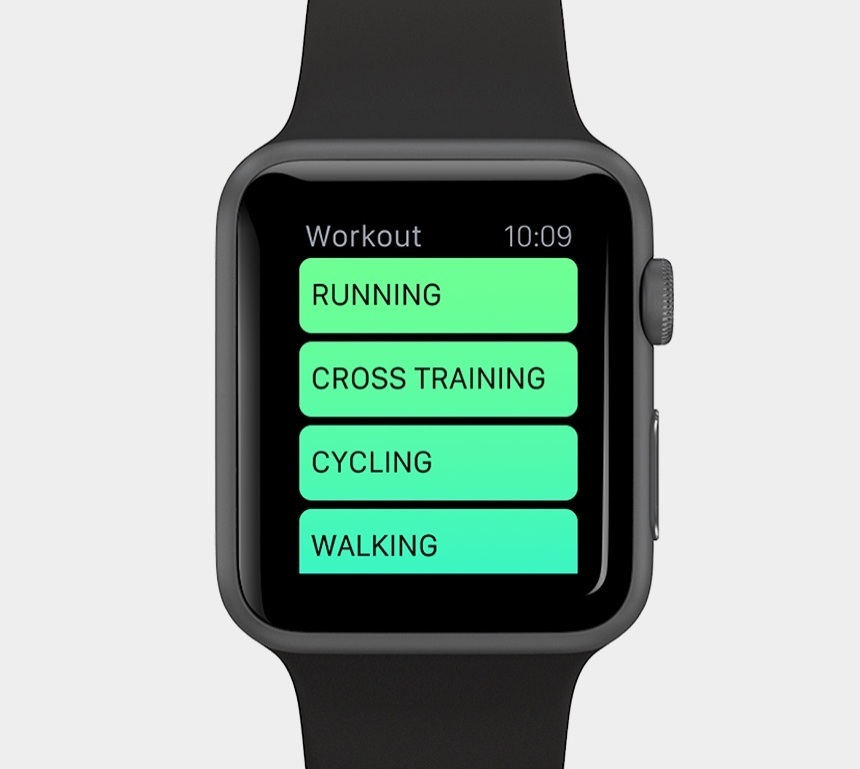
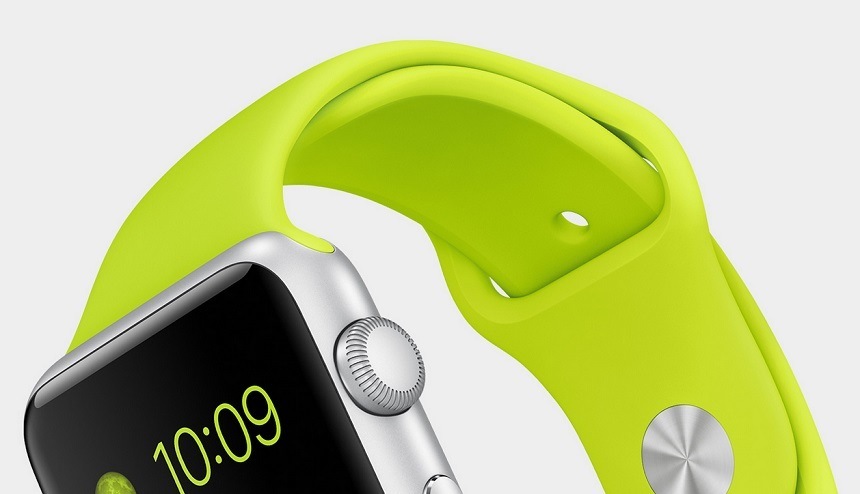
Right away, I am thinking to myself, “how can I wear an Apple Watch, but not have to give up mechanical watches?” I think the solution is to simply “double wrist it” for a while. That means wearing a traditional watch on one wrist, and an Apple Watch on the other. I had thought about this previously when encountered with the prospect of an upcoming smartwatch that would appeal to the tech lover in me. It looks like 2015 will be the year Ariel Adams joins a smartwatch device to his daily routine. Hopefully, Apple has ensured that in addition to being pretty, the Apple Watch is able to put up with the rigors of life which traditional watches have more or less perfected long ago. As I’ve said before, Apple is not known for making highly durable devices, so the Apple Watch is going to be the ultimate test.
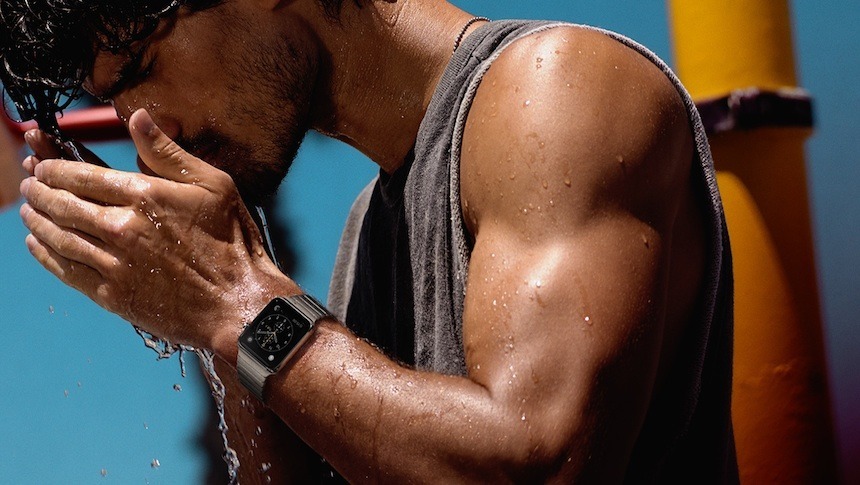
Having said that, Apple has given the Apple Watch a laminated sapphire crystal over the display. The layered crystal will offer the scratch resistance of sapphire crystal without the concern of it shattering – at least that is the idea. Further, the Apple Watch comes available in a steel and even gold case, which means they have durability as well as luxury in mind. It is only a matter of time until a universe of accessories becomes available for the Apple Watch that will no doubt include lots of third-party straps and bracelets. How the luxury industry will latch-on to the popularity of the Apple Watch will be interesting to see. I envision lots of gold and diamonds in the near future…
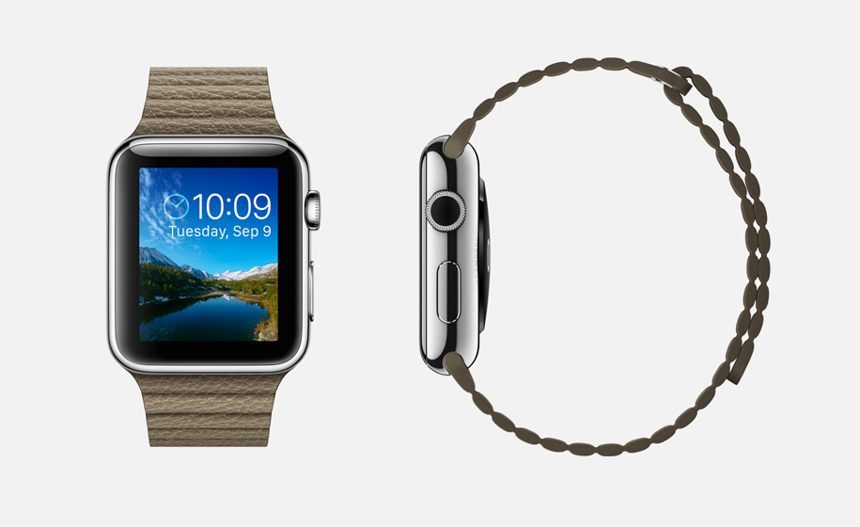
When will the Apple Watch be available? According to Apple, their first smartwatch device will ship early in 2015, with prices starting at $349. Having said that, the entry-level price will be for the Apple Watch Sport with an aluminum case and without a sapphire crystal. Apple Watch versions in steel or 18k gold with sapphire crystal screens will be more expensive (to considerably more expensive). apple.com

